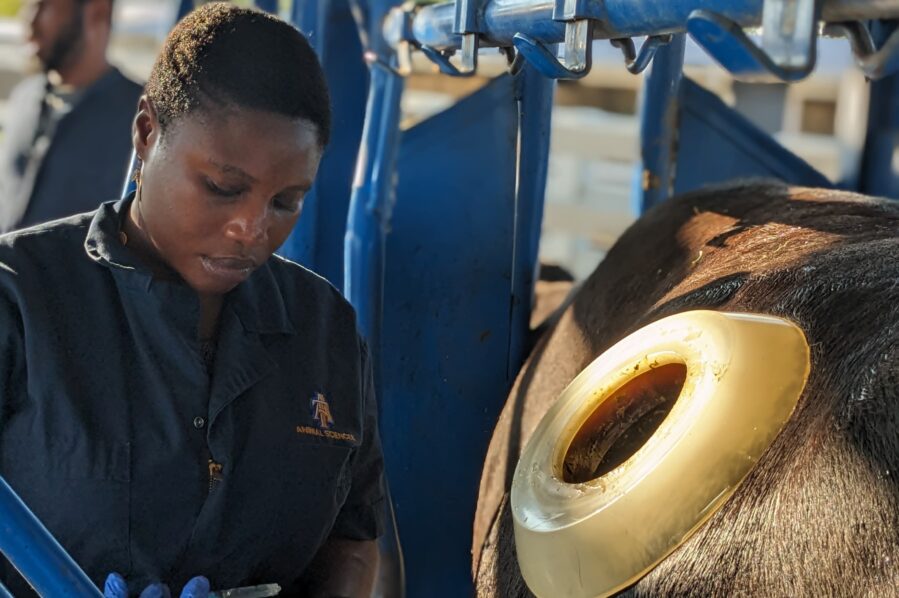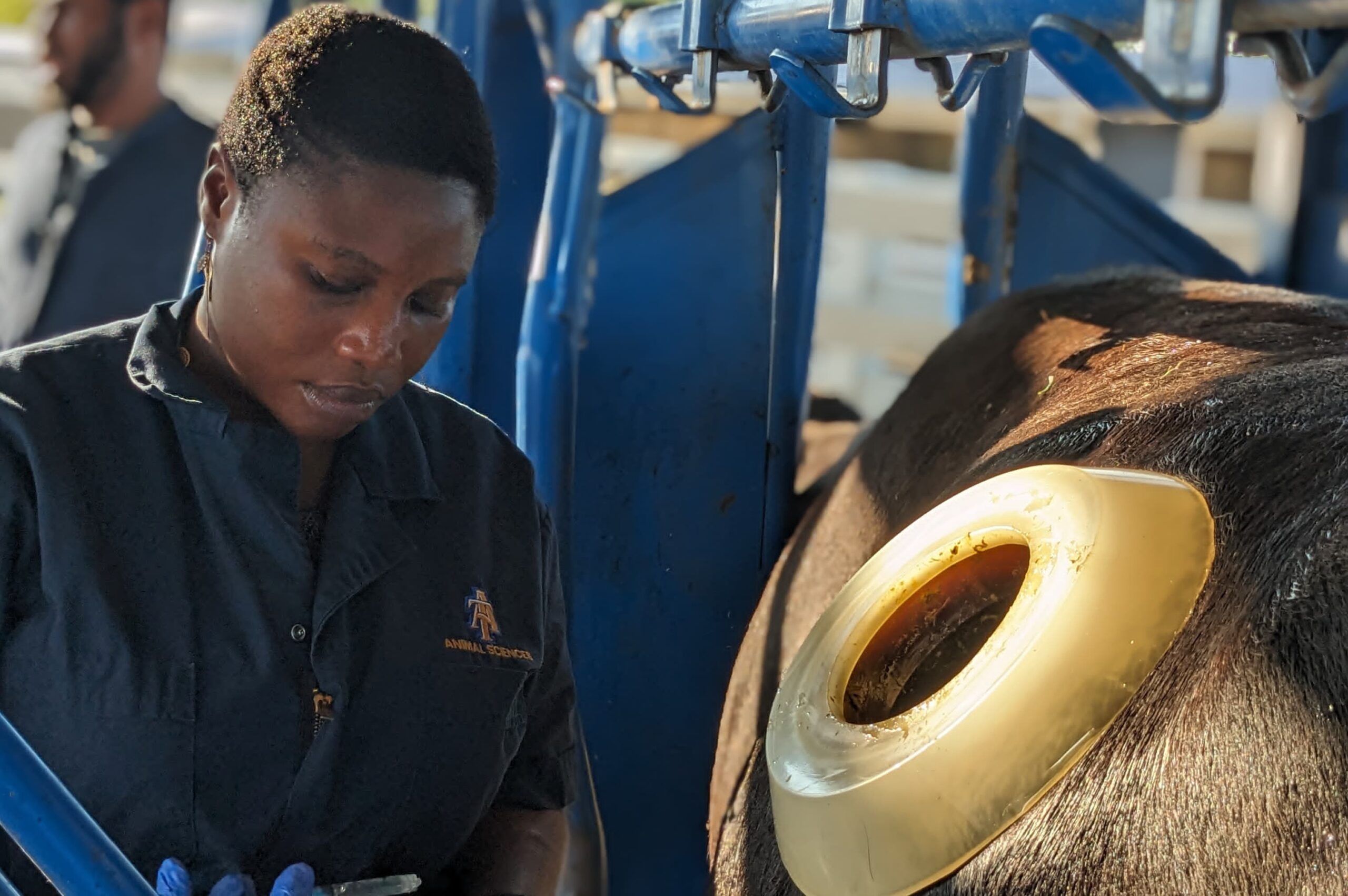
In an era where food safety is paramount, the agricultural industry faces increasing scrutiny over how livestock are raised and the impacts of those practices on consumer health.
One innovative approach that is gaining traction is the use of plant-based nutraceuticals. These natural compounds not only enhance the health of livestock but also play a crucial role in ensuring the safety and quality of the food we consume.
Integrating omics, bioinformatics, and ethnoveterinary practices can further amplify the benefits of these nutraceuticals, leading to more effective and sustainable food safety solutions.
The Food Safety Landscape.
Foodborne illnesses, often linked to contaminated livestock products, pose a significant public health threat. According to the Centers for Disease Control and Prevention (CDC), approximately 48 million people in the United States fall ill from foodborne diseases each year. Common culprits include pathogens like Salmonella, Campylobacter, and Listeria, which can originate from livestock.
As consumers become more health-conscious, there is a growing demand for safer food products free from harmful additives and pathogens.
Nutraceuticals as a Solution.
Plant-based nutraceuticals have emerged as powerful allies in the quest for food safety. These compounds, which can be incorporated into livestock feed, enhance the animals’ immune systems and gut health, thereby reducing the risk of pathogen colonisation. Natural plant extracts such as garlic, ginger, and rosemary have been shown to exhibit antimicrobial properties, effectively lowering bacterial counts in livestock.
For instance, garlic is rich in organosulfur compounds that have been proven to inhibit the growth of harmful bacteria. Similarly, rosemary contains rosmarinic acid, which has antioxidant properties that can enhance meat quality while also reducing the growth of pathogens.
Integrating Omics and Bioinformatics for Enhanced Safety.
The integration of omics and bioinformatics can revolutionise the application of plant-based nutraceuticals in ensuring food safety. Genomic and metabolomic analyses can identify how specific nutraceutical compounds interact with livestock microbiomes and immune systems. This data-driven approach can optimize the selection and dosage of these additives, enhancing their efficacy in promoting livestock health and ensuring safer food products.
Bioinformatics tools can facilitate the analysis of large datasets generated from these studies, enabling researchers to uncover critical insights into how plant-based nutraceuticals influence the overall health and safety of livestock. By mapping out metabolic pathways and microbial interactions, we can design targeted interventions to minimize foodborne pathogens.
Ethnoveterinary Practices: A Complementary Approach.
Incorporating ethnoveterinary practices into modern livestock management can further enhance food safety. Traditional knowledge regarding the use of local plants for animal health can be validated through scientific research, creating a synergy between conventional practices and modern science.
By leveraging the expertise of local farmers and their understanding of traditional plant-based remedies, researchers can identify effective nutraceuticals that may not yet be widely recognized.
This collaboration can lead to innovative solutions tailored to specific regional needs, ultimately enhancing food safety and livestock health.
A Holistic Approach to Food Safety
The incorporation of plant-based nutraceuticals represents a holistic approach to food safety, emphasizing the interconnectedness of animal health and consumer well-being. By prioritising natural health solutions and integrating omics and ethnoveterinary knowledge, the livestock industry can enhance food safety while reducing its environmental footprint.
In conclusion, the future of food safety hinges on our ability to innovate. Plant-based nutraceuticals, enhanced by omics technologies, bioinformatics, and ethnoveterinary practices, stand out as viable, effective solutions for improving livestock health and ensuring the safety of the food supply.
By embracing these natural alternatives, we can build a healthier future for both animals and consumers.






